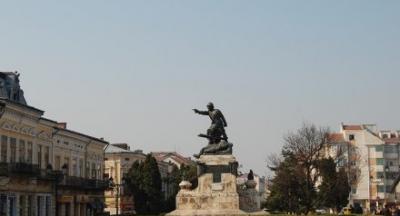Botosani
*Disclaimer: The information and views set out in this page do not necessarily reflect the official opinion of the Council of Europe and/or the European Commission. Neither the Council of Europe, the European Commission nor any person acting on their behalf may be held responsible for the use which may be made of the information contained therein.
Botosani city is the capital of Botosani County and is situated in the north-eastern part of Romania. According to estimates used by various Roma NGOs, there are around 6,000 Roma living in the Botosani municipality. The county of Botosani is known for having a large Roma community with approximately 14,000 Roma citizens spread over 12 different settlements.
Roma in Botoșani belong to Ursari Roma and Laesh Roma groups. They live in Roma neighbourhoods (Parcului area and the historical centre among others – all areas with social housing populated by disadvantaged Roma and non-Roma). Poor housing conditions and their subsequent detrimental health consequences are a major issue faced by the Roma in Botosani.
With the Mayor’s signature on the Letter of Commitment on the 8th October 2013, Botosani joined the ROMACT programme. The ROMACT programme assisted local authorities and the Roma community to form a Community Action Group (CAG), which resulted in the Local Council adopting a Joint Action Plan in July 2014. The plan includes concrete measures for each council priority area (health, education, employment and infrastructure) and it assigns institutional responsibility for each measure. The Joint Action Plan was reviewed, revised and approved in December 2015.
In the beginning of 2016, the municipality submitted a project proposal to the Operational Programme Human Capital, Priority Axis 4 – Social Inclusion and Combating Poverty in Marginalised Roma Communities. ROMACT supported staff in this process and also supports further implementation of the Action Plan through coaching and staff training.

